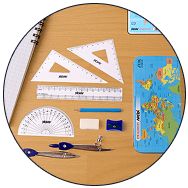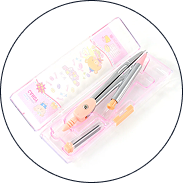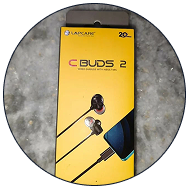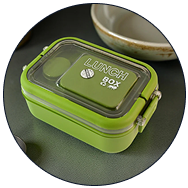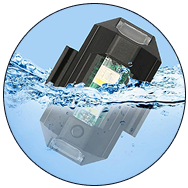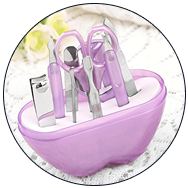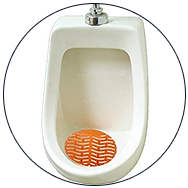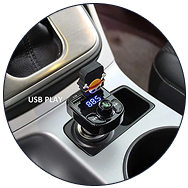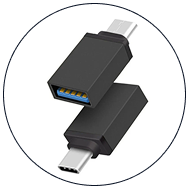Handling product returns and exchanges in a B2B (business-to-business) environment requires a strategic approach that balances efficiency, customer satisfaction, and cost management. In the context of B2B dropshipping, where products are often supplied by third parties, the process can be more complex but is crucial for maintaining strong business relationships and ensuring smooth operations. Here’s a comprehensive look at how to effectively manage returns and exchanges in a B2B setting, especially within the dropshipping framework.
Understanding the B2B Dropshipping Model
In B2B dropshipping, businesses sell products to other businesses without holding inventory. Instead, they rely on third-party suppliers to fulfill orders directly to the end customer. This model offers several advantages, including reduced overhead costs and the ability to offer a wide range of products. However, it also presents unique challenges, particularly in managing returns and exchanges.
Establishing Clear Return Policies
A well-defined return policy is essential in B2B dropshipping. This policy should outline the conditions under which returns are accepted, the timeframe for returns, and the process customers must follow. Transparency in these policies helps set clear expectations and minimizes disputes.
For example, a return policy might specify that products must be returned within 30 days of delivery, in their original condition and packaging. It might also detail the types of products that are non-returnable, such as customized items or perishable goods. Clear communication of these terms is crucial, especially when dealing with international partners, such as those involved in B2B dropshipping in India.
Coordinating with Suppliers
Effective coordination with suppliers is critical in managing B2B returns and exchanges. This involves establishing agreements with your dropshipping partners on how returns are handled. Some suppliers might have their own return policies, which need to be aligned with your company’s policies to avoid conflicts.
For instance, if you are engaged in wholesale B2B dropshipping, ensure your suppliers are aware of and agree to your return conditions. Regular communication and updates on return procedures can help streamline the process. In cases where suppliers handle returns directly, it’s important to have a system for tracking returns to ensure they are processed correctly and timely.
Utilizing Technology
Leveraging technology can significantly enhance the efficiency of managing returns and exchanges. Implementing a robust order management system (OMS) can help track returns, automate the return authorization process, and provide real-time updates to customers. Such systems can integrate with your suppliers’ systems, ensuring seamless coordination and tracking of returned products.
For businesses involved in dropshipping in India, technology solutions can help navigate the logistical challenges associated with cross-border returns. These systems can also facilitate better inventory management, helping businesses keep track of returned items and their condition.
Customer Communication
Maintaining open lines of communication with your customers throughout the return process is essential. Providing clear instructions on how to initiate a return, where to send the products, and what documentation is required can help prevent misunderstandings. Additionally, offering multiple channels for customer support, such as email, phone, and live chat, ensures that customers can easily reach out for assistance.
Cost Management
Managing the costs associated with returns is another critical aspect. In a B2B setting, the volume of returns can be substantial, and the costs can quickly add up. Implementing measures such as restocking fees or return shipping charges can help mitigate these costs. However, it’s important to balance these measures with the need to maintain customer satisfaction.
Conclusion
Handling product returns and exchanges in a B2B environment, particularly within the context of dropshipping, requires a strategic approach. By establishing clear return policies, coordinating effectively with suppliers, leveraging technology, maintaining open communication with customers, and managing costs, businesses can streamline their return processes. Whether dealing with local partners or engaging in B2B dropshipping India, these practices ensure efficient operations and foster strong, lasting business relationships.
In the evolving landscape of dropshipping services, these strategies are essential for maintaining a competitive edge and ensuring customer satisfaction.


































